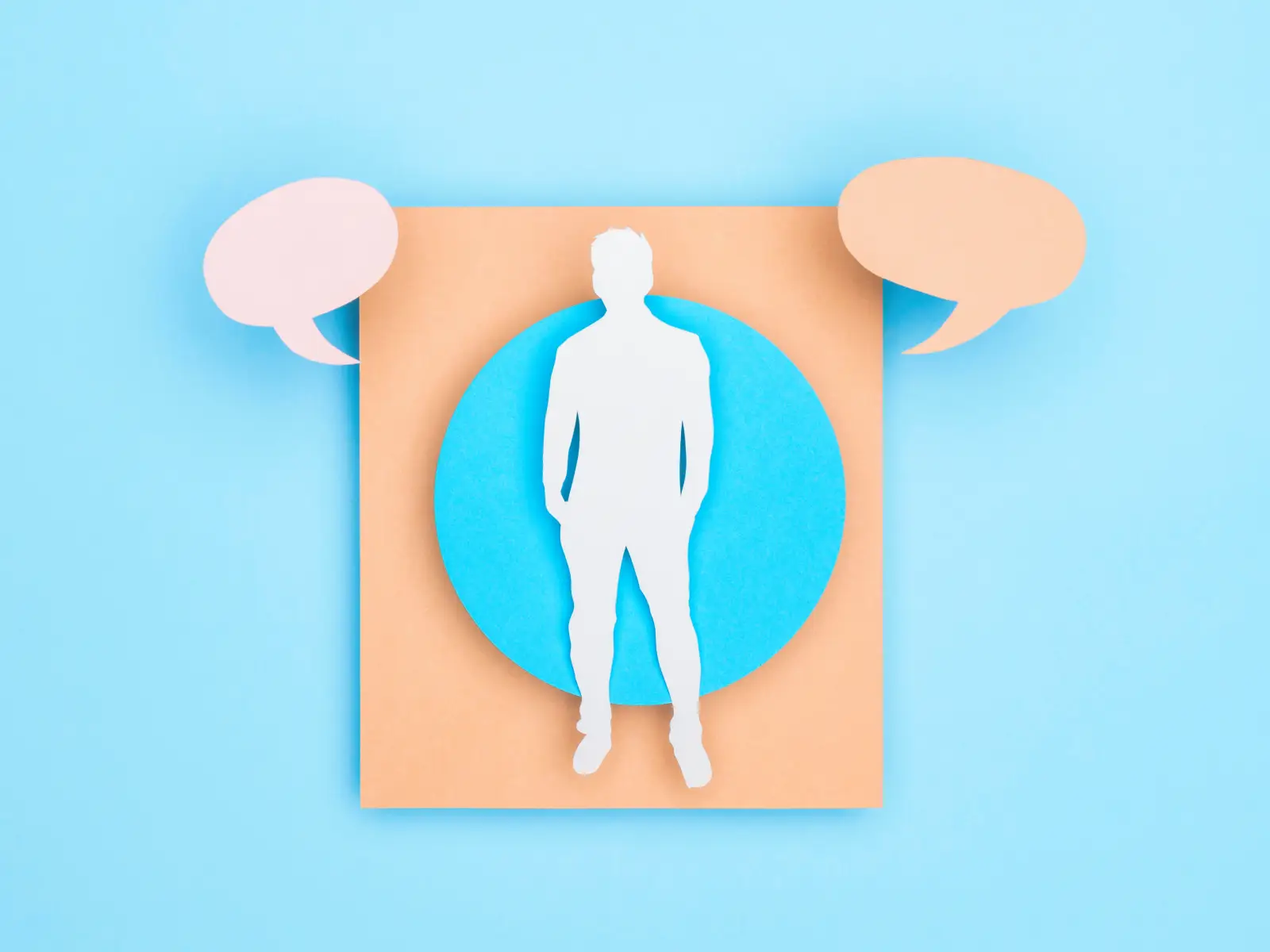Introduction to Seasonal Affective Disorder (SAD)
As the days grow shorter and the winter months take hold, many people in the UK experience a noticeable dip in their mood, energy levels, and overall sense of well-being. For some, this shift goes beyond a simple case of the “winter blues” and progresses into a form of depression known as Seasonal Affective Disorder (SAD).
Seasonal Affective Disorder is a type of depression tied to seasonal changes, most commonly occurring during the autumn and winter months when daylight hours are reduced. It affects around 2 million people in the UK each year, with symptoms ranging from mild to severe. Despite its prevalence, SAD often goes undiagnosed, leaving many to struggle with its effects unnecessarily.
In this article, we’ll explore the symptoms of SAD, how it’s diagnosed, effective treatment options, and practical lifestyle adjustments to help those affected by this condition. By recognising seasonal affective disorder and taking proactive steps, it’s possible to reduce its impact and feel more in control during challenging months.
Symptoms and Diagnosis
Understanding the symptoms of seasonal affective disorder is key to identifying when you or a loved one might need help. SAD shares many of the same features as other types of depression, but it is distinguished by its seasonal pattern and often predictable onset.
1. Common Symptoms of SAD
- Persistent Low Mood: A lasting feeling of sadness or hopelessness that doesn’t subside.
- Lack of Energy: Chronic fatigue or difficulty finding the motivation to carry out daily tasks.
- Sleep Disruptions: Oversleeping (hypersomnia) is common, yet many still feel lethargic and unrefreshed.
- Irritability: Increased frustration or difficulty dealing with stress.
- Loss of Interest: Reduced enjoyment in activities that were once pleasurable (anhedonia).
- Cravings and Weight Gain: A tendency to crave carbohydrates or sugary foods, which can lead to weight fluctuations.
2. When to Seek a Diagnosis
If symptoms persist for two or more seasons in succession and significantly interfere with your daily life, it’s essential to seek professional help. A GP, therapist, or psychiatrist can evaluate your symptoms in line with diagnostic guidelines for seasonal affective disorder.
To assess SAD, healthcare professionals may use structured interviews or questionnaires, such as the Seasonal Pattern Assessment Questionnaire (SPAQ). Often, the diagnosis is confirmed when depressive episodes follow a clear seasonal pattern and no other underlying health condition is present.
Treatment Options
Once diagnosed, various treatment options are available to help manage seasonal affective disorder. These treatments can alleviate symptoms and provide significant relief throughout the darker months.
1. Light Therapy
Light therapy is one of the most effective treatments for SAD. It involves the use of a bright lightbox that mimics natural daylight. The light helps regulate melatonin and serotonin production—two chemicals linked to mood and sleep regulation.
- How It Works: A person sits in front of a lightbox for 20–30 minutes per day, typically in the morning.
- Effectiveness: Studies show that light therapy can reduce symptoms for up to 80% of people with SAD, especially when started early in the season.
2. Cognitive Behavioural Therapy (CBT)
CBT is another well-supported treatment for SAD. This form of talk therapy focuses on identifying and changing troubling thought patterns and behaviours that exacerbate depressive symptoms.
- CBT-SAD: A specific version of CBT for SAD combines cognitive restructuring with behavioural techniques to encourage positive lifestyle changes.
- Benefits: It’s effective for both short-term and long-term management of SAD, helping people build lasting coping strategies.
3. Medication
For those with moderate to severe SAD, antidepressant medication may help. Selective Serotonin Reuptake Inhibitors (SSRIs), such as sertraline or fluoxetine, are commonly prescribed to boost serotonin levels in the brain.
- Effectiveness: Medication is often combined with light therapy or CBT for the best outcomes.
- Considerations: Always consult a GP or psychiatrist to determine the suitability of medication, especially if you’ve tried other treatments without success.
4. Vitamin D Supplementation
In the UK, reduced sunlight during winter leads to lower levels of vitamin D, which can exacerbate symptoms of depression. Taking vitamin D supplements is a safe and inexpensive way to support overall health and mood.
Lifestyle Adjustments
In addition to professional treatments, making small but meaningful lifestyle changes can have a significant impact on managing SAD. Here are some practical adjustments:
1. Prioritise Natural Light Exposure
Maximising exposure to natural daylight, even during overcast UK winters, can be beneficial.
- Try to spend time outside during the brightest part of the day, even if it’s just for a short walk.
- Keep curtains open to let in as much light as possible or position your workspace near a window.
2. Create a Structured Routine
Maintaining a consistent daily routine can help regulate mood and energy levels.
- Morning Structure: Start the day with exposure to light, a healthy breakfast, and an activity that gets the body moving.
- Sleep Hygiene: Go to bed and wake up at the same time every day to promote consistent sleep patterns.
3. Adopt a Balanced Diet
Since SAD often triggers cravings for sugary or carbohydrate-heavy foods, it’s important to focus on balanced nutrition.
- Incorporate omega-3 fatty acids (found in fish, nuts, and seeds), whole grains, and fresh vegetables to support brain health.
- Limit processed foods and refined sugars to prevent spikes in blood sugar that can worsen mood swings.
4. Stay Physically Active
Regular exercise is a proven way to fight depression. It releases endorphins, improves circulation, and helps boost serotonin levels.
- Activities like yoga, walking, and cycling are particularly effective for improving mood.
- If going outdoors isn’t feasible, home workouts or online fitness classes can be just as beneficial.
5. Build a Mental Health Toolkit
Having strategies to cope with low days can make managing SAD easier.
- Social Interaction: Spend time with friends and family to combat isolation.
- Mindfulness and Relaxation: Practicing mindfulness, journaling, or meditation can help reduce feelings of stress and overwhelm.
- Self-Compassion: Acknowledge that it’s okay to feel low during tough times, and prioritise self-care over perfection.
Conclusion
Seasonal Affective Disorder is a highly manageable condition, yet it continues to affect millions of people across the UK each year. By recognising the symptoms early and seeking suitable treatments such as light therapy, CBT, or medication, it’s entirely possible to reduce SAD’s impact. Furthermore, adopting healthy lifestyle adjustments—such as prioritising natural light, staying active, and maintaining a consistent routine—can complement professional treatments and help individuals regain control over their mental health.
The key to coping with SAD is understanding what works best for you and proactively implementing strategies that promote well-being. Remember, it’s always worth seeking advice from a GP or mental health professional if you notice symptoms that persist. With the right support, brighter days lie ahead—even in the depths of winter.










